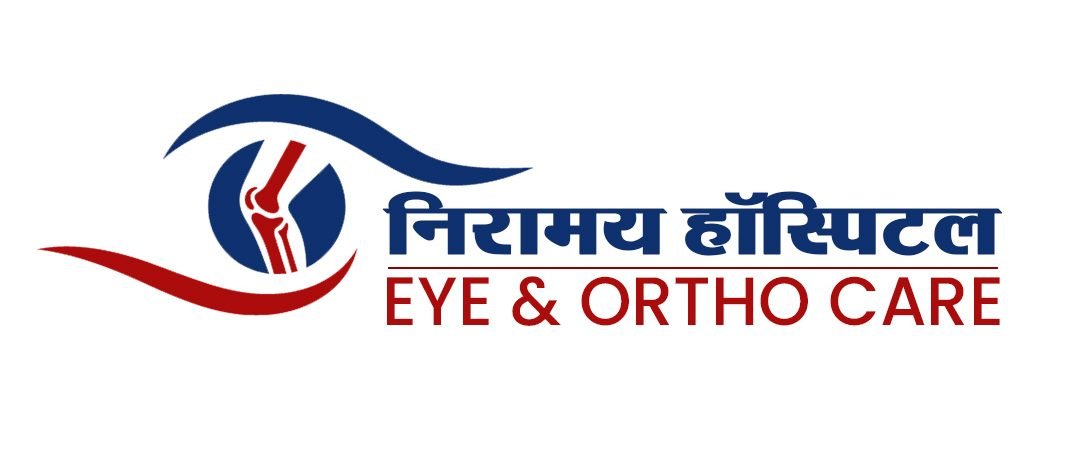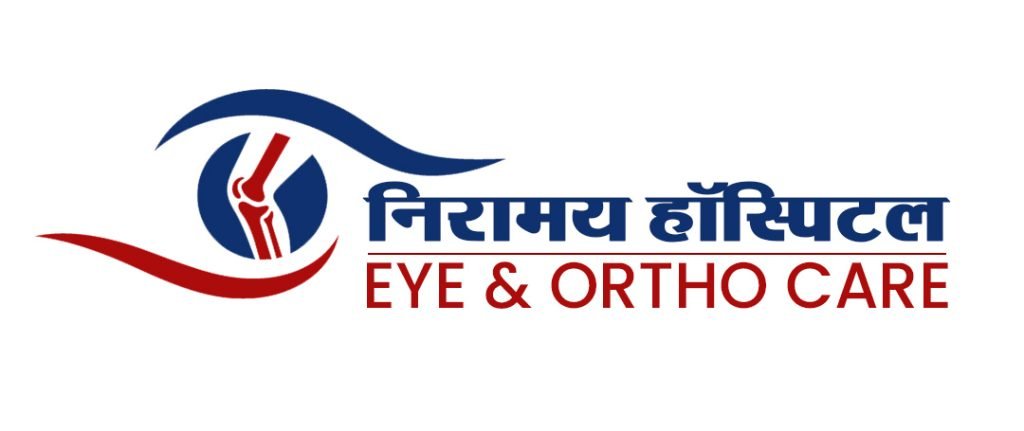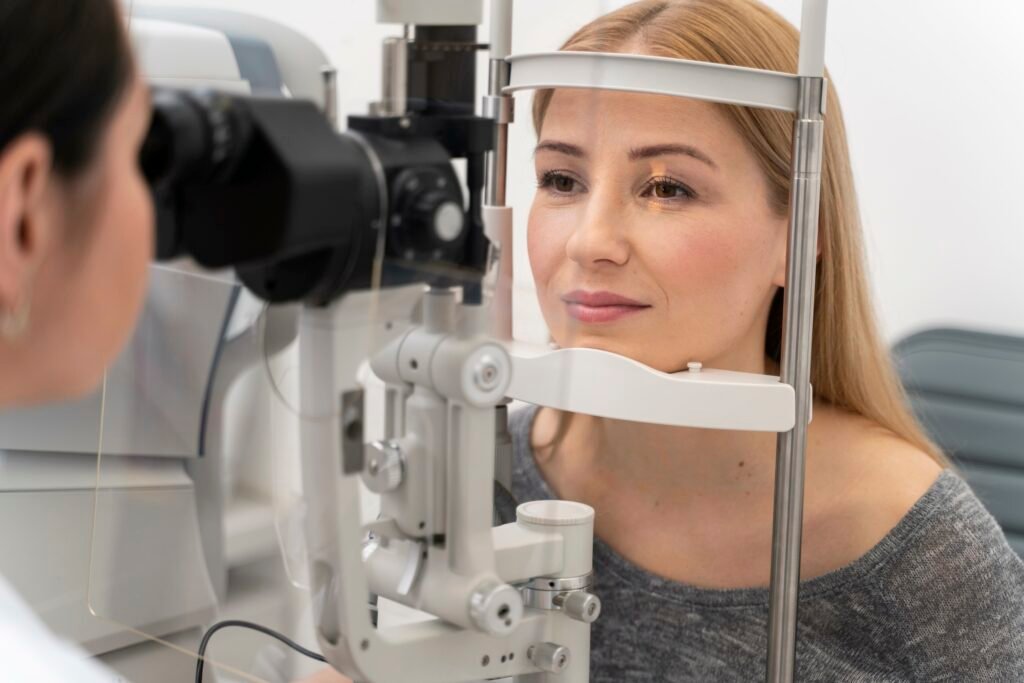The spine is vital in the human body. It provides support, flexibility, and protection for the spinal cord and nerves. Yet, many factors cause spine problems. These include age, injury, and health conditions. As an orthopedic doctor in Kota, I have seen numerous patients suffering from different spine-related issues. In this blog post, we’ll discuss the most common spine problems, their causes, symptoms, and treatment options available at my clinic.
Your Other Core
The spine, also known as the vertebral column or backbone, is a remarkable structure that supports the entire body and allows for various movements. It consists of 33 individual bones called vertebrae, which are stacked one on top of the other and separated by cushioning discs called intervertebral discs. These discs act as shock absorbers, allowing the spine to bend and twist while protecting the vertebrae from grinding against each other.
Slipped Disk
One of the most common spine problems I encounter is a herniated or slipped disc. This occurs when the soft, jelly-like center of an intervertebral disc bulges or ruptures through the tough outer layer. Herniated discs can put pressure on the surrounding nerves, leading to pain, numbness, tingling, or weakness in the affected area. Depending on the location of the herniation, it can cause pain in the lower back, neck, arms, or legs.
Cervical Spondylosis
Cervical spondylosis, also known as cervical osteoarthritis or neck arthritis, is another prevalent spine problem. This condition occurs when the intervertebral discs in the neck region begin to degenerate, leading to the formation of bone spurs or osteophytes. These bone spurs can put pressure on the spinal cord and nerves, causing chronic neck pain, stiffness, headaches, and in severe cases, numbness or weakness in the arms or legs.
Osteoarthritis
Osteoarthritis is a degenerative joint disease that can affect the facet joints in the spine. These joints connect the vertebrae and allow for smooth spinal movements. As we age, the cartilage in these joints can wear down, leading to bone-on-bone contact, inflammation, and pain. Spinal osteoarthritis is a common cause of lower back pain, stiffness, and reduced mobility.
Spinal Stenosis
Spinal stenosis is a condition where the spinal canal narrows, putting pressure on the spinal cord and nerves. This can be caused by various factors, such as herniated discs, bone spurs, or thickened ligaments. Symptoms of spinal stenosis may include pain, numbness, tingling, or weakness in the legs, arms, or buttocks, depending on the location of the compression.
Sciatica
Sciatica is a condition characterized by pain, numbness, or tingling that radiates along the sciatic nerve, which runs from the lower back down through the buttocks and into the legs. This can be caused by a herniated disc, bone spurs, or other spinal conditions that put pressure on the sciatic nerve.
While the above are some of the most common spine problems, there are other conditions like tumors, scoliosis, kyphosis, ankylosing spondylitis, spinal cord injuries, broken vertebrae, spondylolisthesis, cauda equina syndrome, and syringomyelia that can also affect the spine and require prompt medical attention.
When to Call a Doctor
If you experience persistent or severe back pain, numbness, tingling, or weakness in the arms or legs, it’s crucial to seek medical attention from an orthopedic doctor. These symptoms could indicate a serious underlying spine condition that requires proper diagnosis and treatment. Early intervention can often prevent further complications and improve the chances of a successful recovery.
Spinal Cord Disorder
What Is Spinal Cord Disorder?
A spinal cord disorder is an umbrella term that encompasses various conditions affecting the spinal cord, which is the bundle of nerves that runs from the base of the brain down through the spinal canal. The spinal cord is responsible for transmitting signals between the brain and the rest of the body, enabling movements, sensations, and bodily functions.
Symptoms of Spinal Cord Disorder
The symptoms of a spinal cord disorder can vary depending on the location and severity of the condition. Some common symptoms include:
– Weakness or paralysis in the arms, legs, or trunk muscles
– Loss of sensation or numbness in specific body areas
– Difficulty with bladder or bowel control
– Muscle spasms or exaggerated reflexes
– Chronic pain or discomfort
– Difficulty breathing or coughing
Causes of Spinal Cord Disorder
Several factors can contribute to the development of a spinal cord disorder, including:
– Traumatic injuries, such as those sustained in car accidents, falls, or sports-related incidents
– Degenerative conditions, like arthritis or herniated discs
– Tumors, either cancerous or non-cancerous, that compress the spinal cord
– Infections, such as meningitis or epidural abscess
– Congenital abnormalities, present at birth
– Vascular disorders that disrupt blood flow to the spinal cord
Diagnosis of Spinal Cord Disorder
To accurately diagnose a spinal cord disorder, I may recommend a combination of the following tests:
– Physical examination to assess muscle strength, reflexes, and sensation
– Magnetic resonance imaging (MRI) or computed tomography (CT) scans to visualize the spinal cord and surrounding structures
– Electromyography (EMG) to evaluate muscle and nerve function
– Blood tests to rule out underlying medical conditions
Treating Spinal Cord Disorders
The treatment approach for spinal cord disorders depends on the underlying cause and severity of the condition. Some common treatment options include:
– Medications to manage pain, reduce inflammation, or treat underlying conditions
– Physical therapy and rehabilitation to improve strength, mobility, and function
– Surgical interventions, such as decompression or spinal fusion, to relieve pressure on the spinal cord or stabilize the spine
– Assistive devices, like braces or wheelchairs, to improve mobility and independence
At my clinic, we offer a comprehensive range of diagnostic and treatment services for spinal cord disorders, tailored to each patient’s unique needs.
Penn Programs & Services for Spinal Cord Disorder
Penn Spine Center
The Penn Spine Center, part of the prestigious Penn Medicine system, is a renowned facility dedicated to the diagnosis and treatment of spinal cord disorders and other spine-related conditions. With a multidisciplinary team of experts, including orthopedic surgeons, neurosurgeons, physiatrists, and physical therapists, the center provides personalized care using the latest techniques and technologies.
Related Programs & Services
In addition to the Penn Spine Center, Penn Medicine offers several other programs and services related to spinal cord disorders, including:
– Neuromuscular and Rehabilitation Services
– Traumatic Brain Injury and Concussion Program
– Comprehensive Stroke Center
– Regional Spinal Cord Injury Center of the Delaware Valley
Christopher’s Story
To illustrate the impact of our comprehensive care, let’s share Christopher’s story. Christopher, a 32-year-old construction worker, suffered a severe spinal cord injury after a fall on a job site. He was rushed to Penn Medicine, where he received immediate emergency care and underwent stabilizing surgery. After the initial treatment
Lumbar Degenerative Disc Disease
Another common spine problem I frequently encounter is lumbar degenerative disc disease. This condition occurs when the intervertebral discs in the lower back region begin to deteriorate and lose their cushioning ability. As we age, these discs can dry out, become thinner, and develop cracks or tears, leading to inflammation and pain.
Lumbar degenerative disc disease can cause chronic lower back pain, stiffness, and reduced mobility. In some cases, the damaged disc can bulge or herniate, putting pressure on the nearby nerves and causing additional symptoms such as leg pain, numbness, or tingling.
10 Most Common Spine Problems
To provide a comprehensive overview, let’s explore the 10 most common spine problems in more detail:
Structure of the spine
Before delving into the specific conditions, it’s essential to understand the structure of the spine. The spine is a remarkable structure composed of vertebrae, intervertebral discs, facet joints, ligaments, and muscles. It serves several essential functions, including:
– Supporting the weight of the body
– Allowing for flexibility and movement
– Protecting the spinal cord
– Facilitating nerve transmission
Common spine problems
Whiplash
Whiplash is a neck injury that occurs when the head is suddenly jerked forward or backward, causing the neck muscles and ligaments to stretch beyond their normal range. This can happen during car accidents, sports injuries, or other traumatic events. Symptoms of whiplash include neck pain, stiffness, headaches, and dizziness.
Muscle strain
Muscle strains in the back or neck region are common, especially after overexertion or improper lifting techniques. These strains can cause acute pain, spasms, and limited mobility. Proper rest, stretching, and physical therapy are often recommended for recovery.
Herniated disc
As mentioned earlier, a herniated disc occurs when the soft, inner portion of an intervertebral disc bulges or ruptures through the tough outer layer. This can put pressure on the surrounding nerves, causing pain, numbness, and weakness.
Osteoarthritis
Osteoarthritis is a degenerative joint disease that can affect the facet joints in the spine. It leads to the gradual breakdown of cartilage, resulting in bone-on-bone contact, inflammation, and pain.
Degenerative disc disease
Degenerative disc disease is a condition where the intervertebral discs begin to deteriorate and lose their cushioning ability, leading to chronic back pain, stiffness, and reduced mobility.
Sciatica
Sciatica is a condition characterized by pain, numbness, or tingling that radiates along the sciatic nerve, which runs from the lower back down through the buttocks and into the legs.
Scoliosis
Scoliosis is an abnormal curvature of the spine, typically developing during childhood or adolescence. It can cause uneven shoulders, a protruding rib cage, and back pain if left untreated.
Osteoporosis
Osteoporosis is a condition that causes the bones to become weak and brittle, increasing the risk of fractures, including vertebral compression fractures in the spine.
Spinal stenosis
Spinal stenosis is a narrowing of the spinal canal, which can put pressure on the spinal cord and nerves, causing pain, numbness, and weakness in the extremities.
Spondylolisthesis
Spondylolisthesis is a condition where one vertebra slips forward over the one below it, often caused by a defect or stress fracture in the vertebral joints. This can lead to back pain, muscle tightness, and nerve compression.
Symptoms of spine problems
While the specific symptoms may vary depending on the underlying condition, some common signs and symptoms of spine problems include:
– Back or neck pain
– Radiating pain in the arms or legs
– Numbness or tingling in the extremities
– Muscle weakness or stiffness
– Difficulty walking or maintaining balance
– Bowel or bladder dysfunction (in severe cases)
It’s important to seek medical attention if you experience persistent or severe symptoms, as early diagnosis and treatment can often prevent further complications and improve the chances of a successful recovery.
Spine pain relief in Raleigh and Cary
If you’re suffering from any of the spine problems mentioned above, don’t hesitate to schedule an appointment with me, Dr. Ankur, at my clinic in Kota. With my expertise in orthopedics and years of experience treating spine-related conditions, I can provide you with an accurate diagnosis and develop a personalized treatment plan tailored to your specific needs.
At my clinic, we offer a comprehensive range of services, including:
– Diagnostic imaging (X-rays, MRI, CT scans)
– Physical therapy and rehabilitation
– Minimally invasive spine surgeries
– Pain management techniques
– Lifestyle and exercise recommendations
Our goal is to alleviate your pain, improve your mobility, and enhance your overall quality of life. We prioritize a patient-centered approach, ensuring that you receive the best possible care and support throughout your treatment journey.
Frequently Asked Question
1. What are the most common causes of spine problems?
The most common causes of spine problems include age-related degeneration, injury or trauma, poor posture or body mechanics, underlying conditions like arthritis or osteoporosis, and genetic factors.
2. How can I prevent spine problems?
To help prevent spine problems, it’s essential to maintain good posture, practice proper lifting techniques, stay physically active, maintain a healthy weight, and avoid activities or occupations that put excessive strain on your back.
3. When should I seek medical attention for spine-related issues?
You should seek medical attention from an orthopedic doctor if you experience persistent or severe back pain, radiating pain or numbness in the extremities, muscle weakness, difficulty with bowel or bladder control, or any other concerning symptoms.
Conclusion
If you’re suffering from any spine-related issues or have concerns about your spinal health, don’t hesitate to schedule an appointment with me, Dr. Ankur, at my clinic in Kota. With my expertise and the latest diagnostic and treatment technologies, we can work together to alleviate your pain, improve your mobility, and enhance your overall quality of life. Contact us today to take the first step towards a healthier, more comfortable life.






